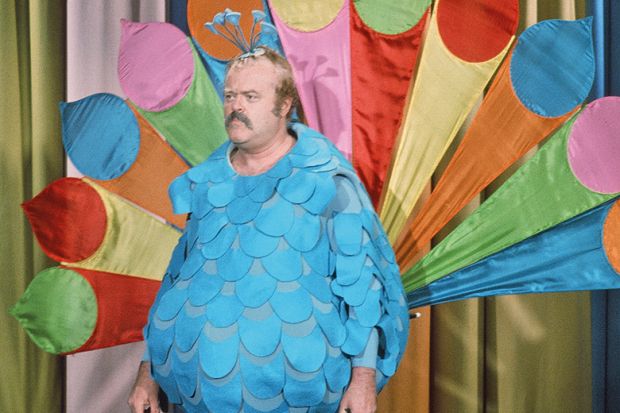A new metric measuring how often a scientist cites their own work, sometimes a means of boosting their academic standing, has been proposed by a group of researchers.
The “self-citation index”, or s-index, is designed to stop the practice, which the researchers say academics are less likely to do when they know others are watching.
They add in a paper outlining the proposed metric that research funding agencies and universities could use the new system to guide their evaluation of academics.
An academic’s citation rate, measuring the number of times their work is referenced, is included in metrics such as the h-index – a widely used hybrid measure of an individual's publication record taking into account both quality and quantity. Citation data have come to play an important part in academic life as they can be used by universities to make hiring decisions and by funding agencies to allocate grants.
In some cases, it may be necessary for a researcher to reference their earlier work. But the process is prone to abuse as researchers stand to gain by inflating their citation rate by citing their own work unnecessarily.
Separate research has found that each time an academic references their own work, they receive three additional citations from others over a five-year period, which can add up over time if academics excessively self-cite. Studies have also found that men are between 50 and 70 per cent more likely than women to cite their own work, creating an uneven playing field.
To shine a light on the practice, Justin Flatt, a research associate at the Institute of Molecular Life Sciences at the University of Zurich, and colleagues developed the s-index. The metric describes the total number of papers that an academic has published relative to the number of self-citations and the researchers say that it offers a “fair and objective” assessment of the impact and productivity of academics.
Writing in the journal Publications, they say: “An s-index will increase the usefulness of the metric upon which it is based, the h-index, by allowing us to look at citation counts from a different, one could say, truer angle.”
Dr Flatt and colleagues argue that the s-index could be used alongside the h-index in evaluation decisions to add context about self-citations.
“Researchers will be less likely to blatantly boost their own scores while others are watching,” the group add.
Showing the data will encourage authors, reviewers and editors “to give more thoughtful attention to the citation process and thus ultimately this should enhance the informative character of future manuscripts”, they say.
“Likewise, funding agencies and academic institutions, in light of the new self-citing data, and especially as outstanding studies become easier to identify, can improve evaluation procedures,” they write.
Register to continue
Why register?
- Registration is free and only takes a moment
- Once registered, you can read 3 articles a month
- Sign up for our newsletter
Subscribe
Or subscribe for unlimited access to:
- Unlimited access to news, views, insights & reviews
- Digital editions
- Digital access to THE’s university and college rankings analysis
Already registered or a current subscriber? Login







